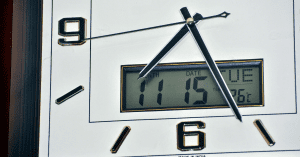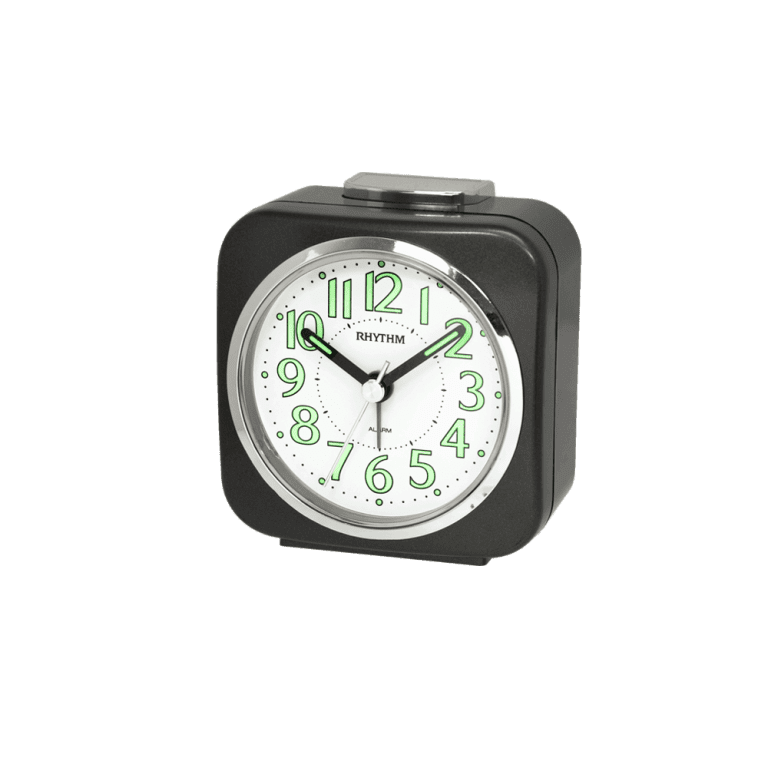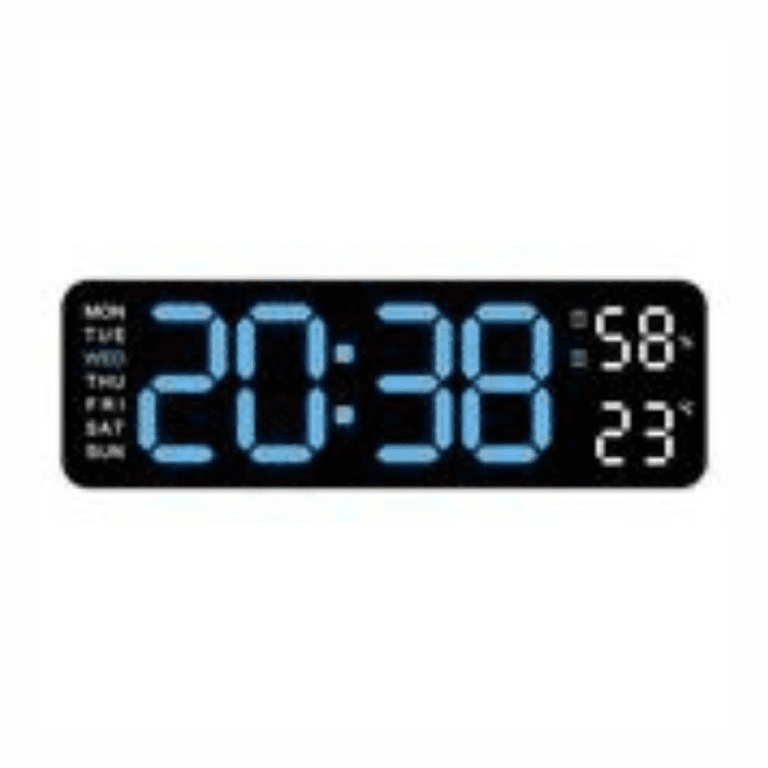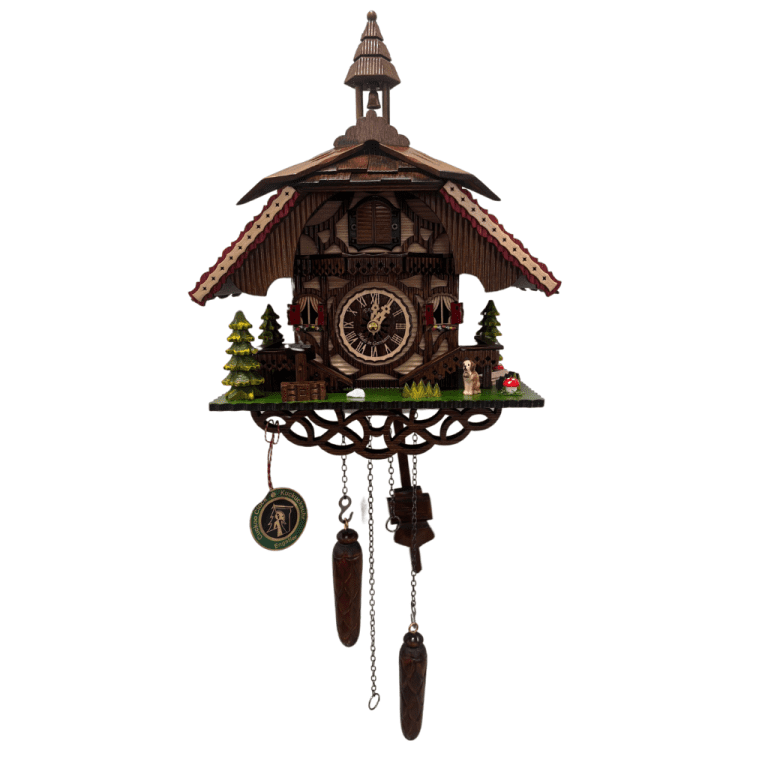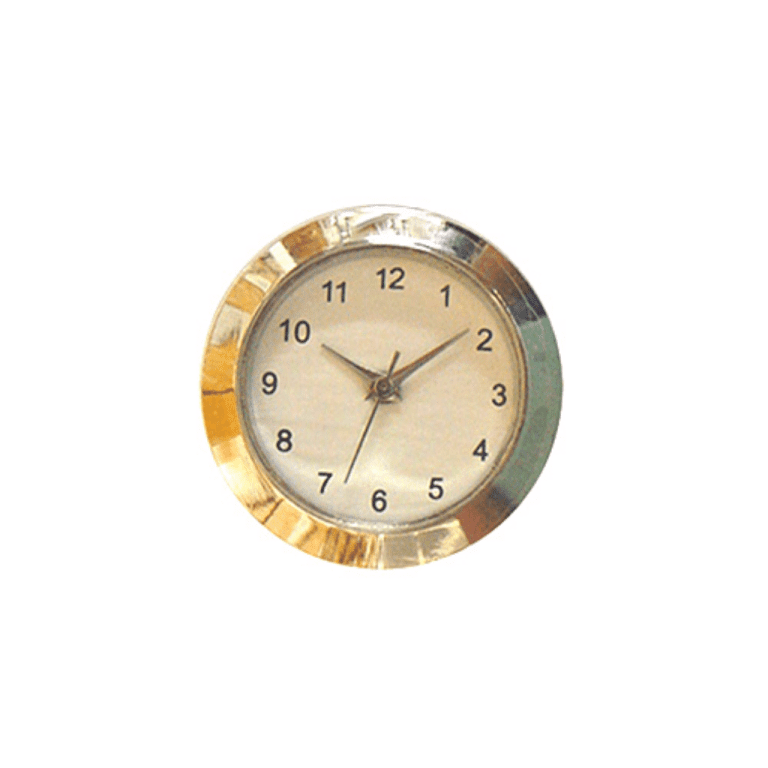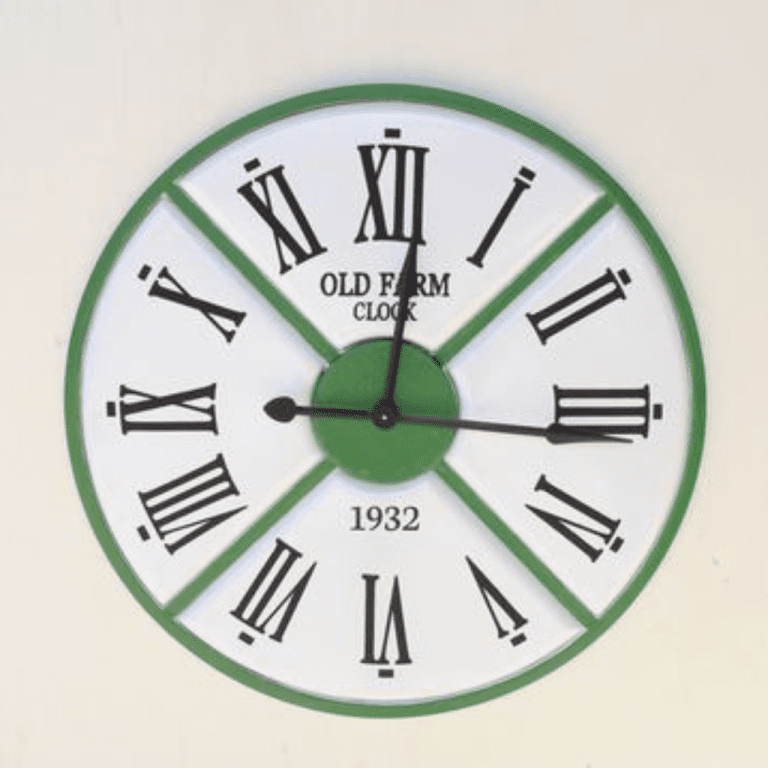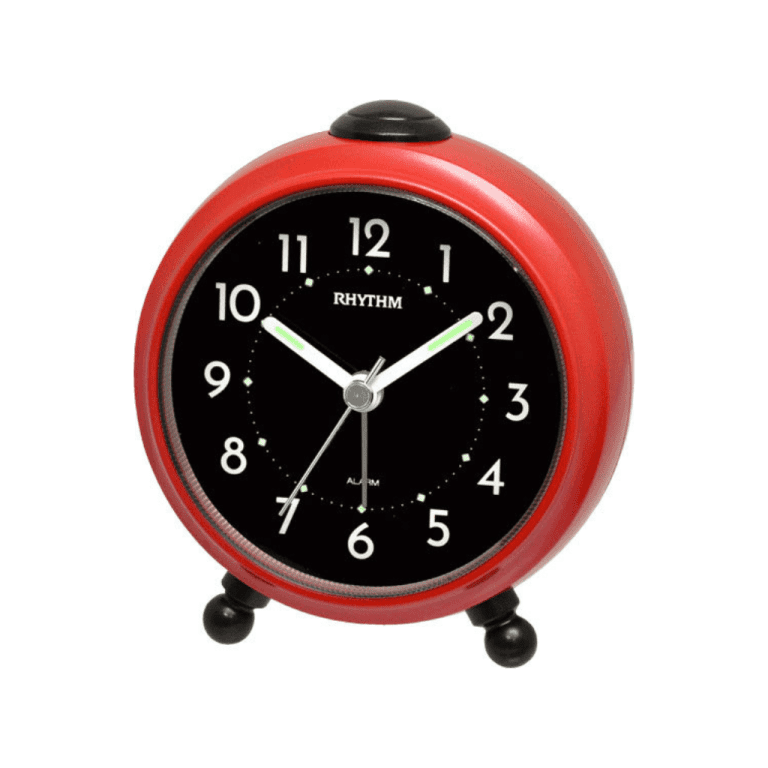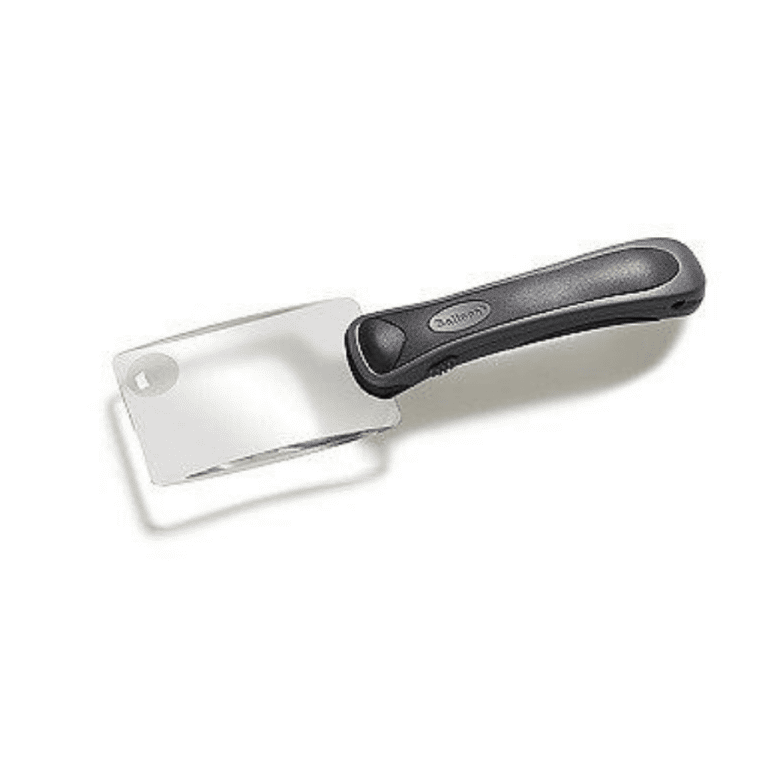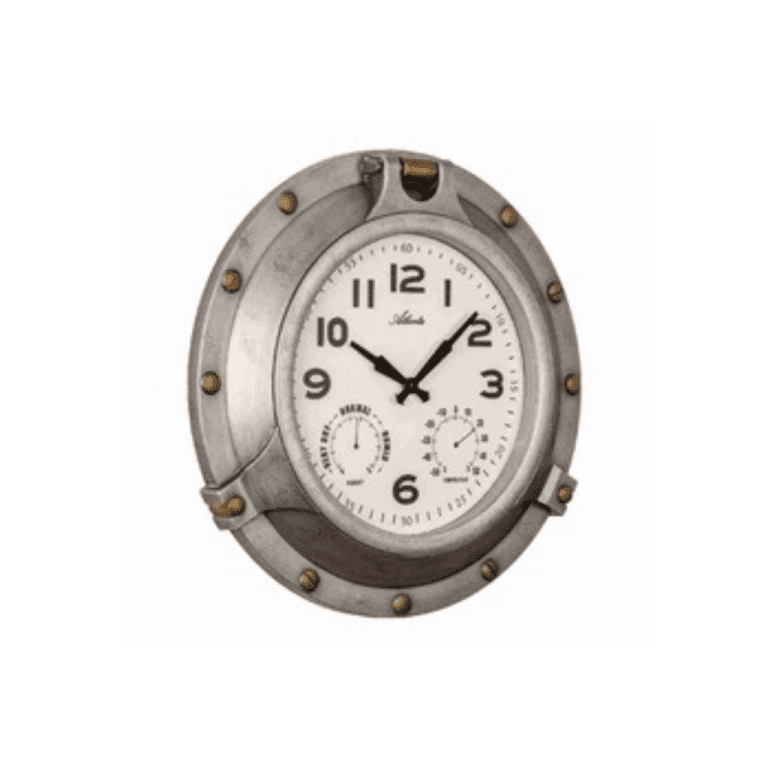The following information is useful whether you have just purchased your first grandfather clock or are in the market for a replacement. What sort of clock it is should be one of your first considerations. You only need to know what to look for to find this out, and something about types of longcase clocks.
Numeros Romanos
A grandfather clock with Roman numerals is a simple and classy way to display the time. Up until the late Middle Ages, they were the standard throughout Europe, but now Arabic numbers have completely supplanted them. Thankfully, these digits are simple to recall and accurately reflect the quantity. They are also simple to sketch on a vintage wall clock. There’s a difference between grandfather and grandmother clock.
By examining the clock’s Roman numerals, you may get a fair idea of how old it is. The presence of a IIII in a clock’s design suggests it was crafted during the late 17th and early 18th centuries.
The little decorative hands on the clock’s date secondary display are further indication of its antiquity. The clock’s brass hands are indicative of an early 18th-century or later production date.
Strong as Steel
Blued steel hands are a common feature on fine timepieces. These are sturdy and long-lasting, and they won’t rust easily. A blued finish is the result of painstaking attention to detail.
A grandfather clock from before 1770 would have featured a brass dial and a lead weight. By the 18th century, these clocks had been supplanted by ones made of cast iron and featuring painted faces.
The white dial, which was introduced in Birmingham in 1772, may be found on a select number of clocks. Gold spandrels or painted motifs were a common adornment. Secondary dials showed the time and the date.
White dials with modest flower motifs were prevalent in the 1870s and 1880s. In the early 18th century, clocks began to include ornamental brass spandrels around their white dials for added flair.
Chain-driven
Adding a traditional piece of furniture like a grandfather clock with a chain mechanism is a terrific way to make your house seem more welcoming. But if you want to relocate it, you’ll have to take it apart and put it back together again. You may get a two-wheeled moving dolly from a hardware shop or hire a four-wheeled one from a truck rental company. Use extreme cautious with any approach you choose.
A grandfather clock that runs on a chain has three main weights. A particular purpose is assigned to each one. Timekeeping mechanisms in clocks are wound by the heaviest weight.
Plus, there are three rods that you may use to make a chiming sound. They are constructed of brittle metal and are tough to replace. Thankfully, there is a bell attached to the rods.
Longcase
It’s crucial to know how to identify the specific type of grandfather clock you have, whether you’re buying one for the first time or already own an antique. Because they don’t attach to the wall, grandfather clocks may be displayed anyplace. Long cases, typically between 1.8 and 2.4 meters in height, are held aloft by chains. The pendulum within the clock is moved by weights that hang from the chains.
They feature clean, simple designs and are often crafted from wood, glass, or metal. Mythological scenes are frequently depicted on the bottom of the case. Intricate carving is also seen on the pediments. Swan necks and swan finials are two examples.
Credited to: https://www.woodenearth.com/



